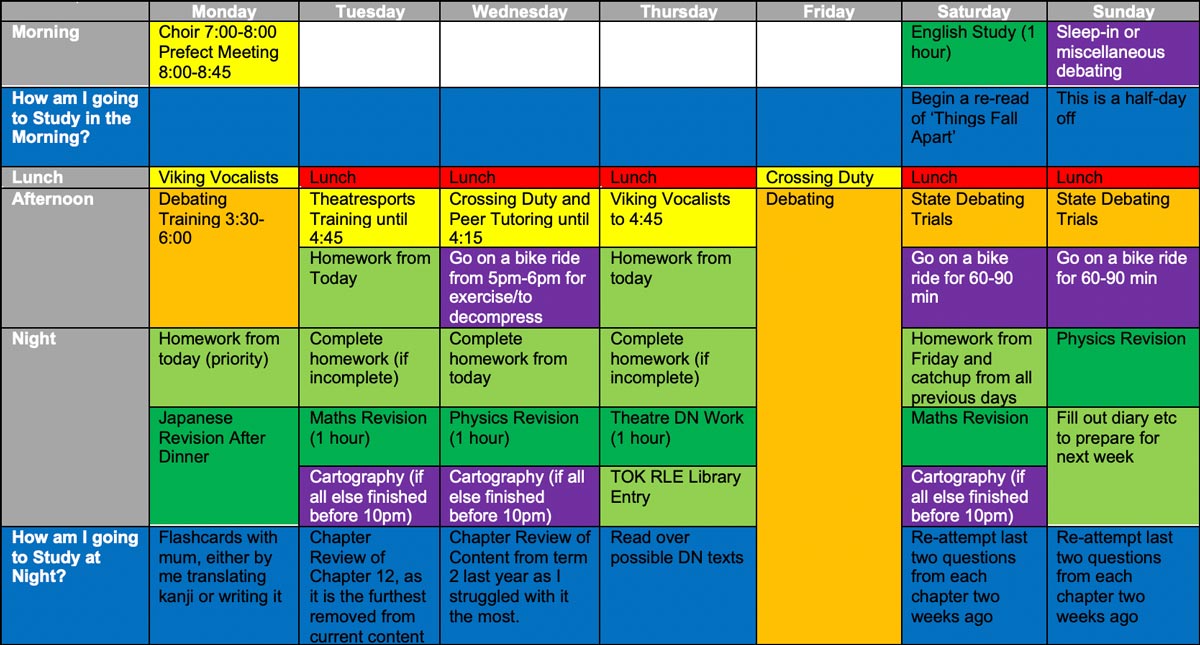James Clear (the author of Atomic Habits) and Professor Wendy Wood (University of Southern California) often cite how the “goal-orientated” mindset creates a “yo-yo” effect. We see the cycle of this effect every year with our New Year’s resolutions, dieting, fitness or goal-setting at the start of the year, semester or term (or post-feedback or after a result).
The issue here is that most goals are made without articulating the “course of action”. We rarely identify those smaller processes and practices that will accumulate and build us up to achieving our intended goal or outcome. This oversight is critical and accounts for why few achieve their lofty goals. The goals we often set ourselves are dependent on our intrinsic motivation or willpower, two interchangeable concepts that depleted overtime when we face the stark reality of the everyday. Furthermore, our goals are often agnostic of our environment, which plays a more significant role in determining our goals than we consider in any goal-setting process.
Goals can provide direction and even push you forward in the short term, but eventually, a well-designed system will always win. Dr Phil Jauncey (one of Australia’s leading sports psychologists and performance psychologists) highlights how robust and reliable systems underpin teams with a winning culture. Notably, the culture rarely cares about winning; instead, it drives collective commitment to the process and system.
So how do we bring this logic into the context of an adolescent boy?
- Build a plan focused on action – don’t just put together a weekly plan. Articulate the steps or strategies that you will use to get started (see the attached examples of student weekly study plans)
- Develop a system-based mentality – systems-based thinking is never about hitting a particular number/score/result; it’s about sticking to the process and not missing sessions/training/workouts. But if you do miss a session/training/workout, don’t lament and get back on the horse ASAP.
- Build in feedback loops – elite performers will often measure, quantify, and track their progress. Each little measurement provides feedback. It signals whether they are making progress or need to change course. Tracking can be as simple as checking/ticking off each session that you complete in your weekly plan. The process is a simple way to visualise the accumulation of small repeated efforts over time (like how compound interest grows your bank balance).




